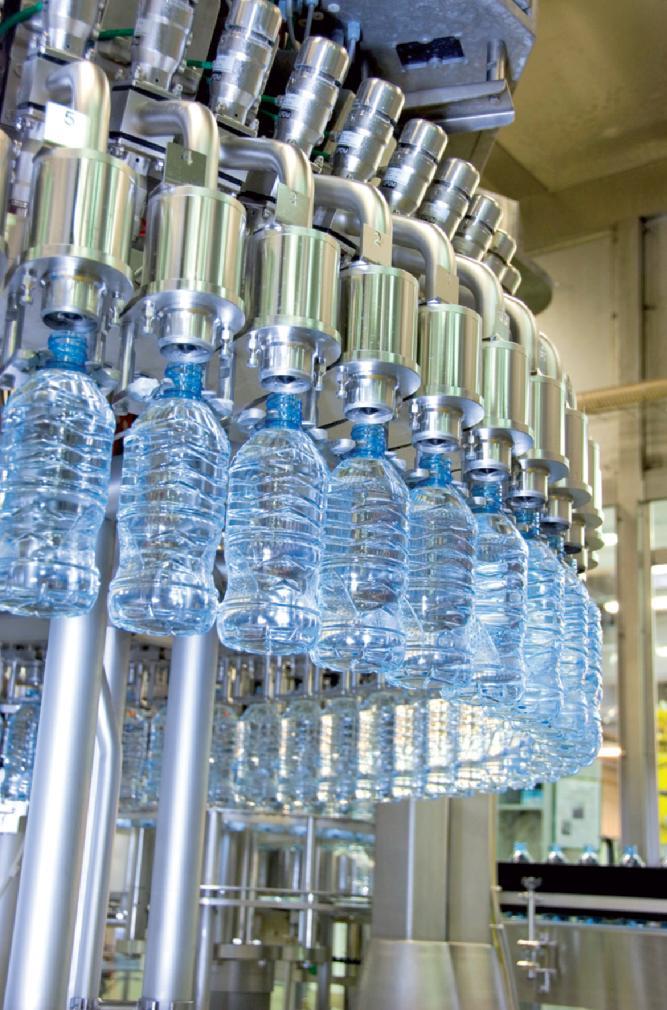In the food, pharmaceutical, and daily chemical industries, filling machines are commonly used to produce a wide range of products. However, if there is a malfunction during production, it can have a significant impact on the production process. Therefore, it is crucial for enterprises to understand the potential issues that may arise with filling machinery and how to respond to them. By doing so, they can ensure that their filling machines operate at high quality and low cost, enabling efficient and effective production. In this article, we will analyze the reasons why a filling machine may not allow proper filling or fail to dispense material.

Firstly, let's discuss the reasons why a filling machine may not allow proper filling or fail to dispense material.
Speed Throttle Valve and Filling Interval Throttle Valve Not Closed: If the throttle valve cannot be closed, it may result in improper filling. It is essential to check and ensure that both the speed throttle valve and filling interval throttle valve are fully closed.
Fast Three-Way Control Valve Not Clear of Foreign Objects: If there are any foreign objects present in the fast three-way control valve, it may cause improper filling. In such cases, it is necessary to organize and remove any foreign objects from the valve. Additionally, it is important to ensure that the fast three-way control valve and the filling head of the skin tube are free of air. If air is present, try cutting or sweeping it away.
Check All Seals for Damage: It is crucial to inspect all seals for any signs of damage. If any seals are damaged, they should be replaced with new ones immediately to prevent any leakage or improper filling.
Check for Filling Nozzle Spool Jamming or Delayed Opening: If there is a jamming phenomenon or delayed opening of the filling nozzle spool, it can affect the filling process. To address this issue, ensure that the spool is properly oriented at the beginning of installation. If there is a delay in opening, adjust the thin cylinder throttle accordingly.
Spring Force of Quick-Fit Three-Way Control Valve: The spring force of the quick-fit three-way control valve plays a crucial role in its operation. If the spring force is too strong, it may prevent the valve from opening. Therefore, it is essential to check and adjust the spring force as required to ensure proper functioning of the valve.
Adjust Filling Speed Throttle Valve: If the filling speed is too fast, it can lead to improper filling. In such cases, adjust the filling speed throttle valve to reduce the speed and ensure accurate filling.
Check Clamps and Skin Tube Buckles for Sealing: All clamps and skin tube buckles should be properly sealed to prevent any leakage or improper filling. If any clamps or buckles are not sealing correctly, they should be amended immediately.
Magnetic Switch Not Loose: After each adjustment of the filling amount, it is important to lock the magnetic switch securely. A loose magnetic switch can cause improper functioning and affect the overall performance of the filling machine.
By following these guidelines and ensuring proper maintenance of the filling machinery, enterprises can minimize the risk of malfunctions and ensure high-quality and cost-effective production. It is crucial to regularly inspect and maintain the filling machines to identify any potential issues early on and take appropriate measures to prevent them from affecting the production process.
In conclusion, understanding the reasons why a filling machine may not allow proper filling or fail to dispense material is essential for enterprises operating in the food, pharmaceutical, and daily chemical industries. By being proactive in identifying and addressing potential issues with filling machinery, enterprises can ensure efficient and effective production while minimizing downtime and costs associated with malfunctions.